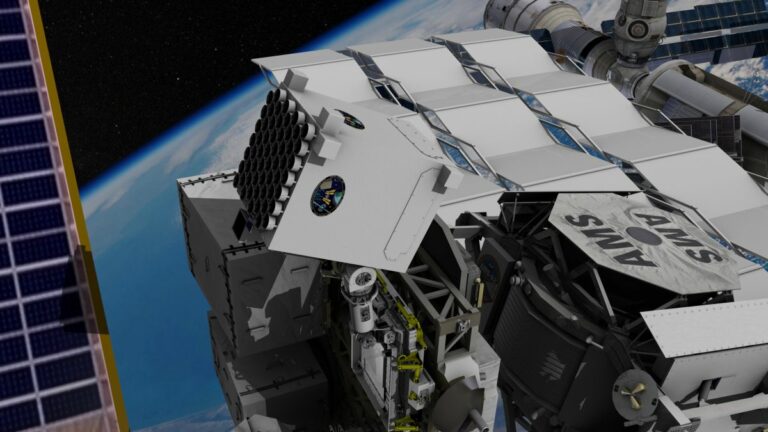
Jan 14, 2018
NASA may have just improved our potential for deep space exploration by inventing a new type of autonomous space navigation. Known as Station Explorer for X-Ray Timing and Navigation Technology, or SEXTANT, the technology uses pulsars — rotating neutron stars that emit electromagnetic radiation — to determine the location of objects in space.
The way SEXTANT uses pulsars has been compared to how GPS navigation can provide drivers with positioning and accurate navigation using satellites orbiting around Earth. The pulsars SEXTANT uses are best observed in the X-ray spectrum, in which their beams of radiation essentially turn them into lighthouses.
To show that SEXTANT is an idea worth building on, a team of NASA engineers demonstrated the technology’s ability to locate NASA’s Neutron-star Interior Composition Explorer, or NICER. NICER, an observatory roughly the size of a washing machine, is currently orbiting Earth while attached to the International Space Station. It has been tasked with studying both neutron stars and pulsars, making it the perfect partner for SEXTANT’s first experiment.
This demonstration is a breakthrough for future deep space exploration,” said Jason Mitchell, SEXTANT Project Manager in a NASA press release. “As the first to demonstrate X-ray navigation fully autonomously and in real-time in space, we are now leading the way.”
During November, NASA directed NICER to take readings from four specific pulsars using its 52 X-ray telescopes and silicon-drift detectors over two days. NICER then fed the information it got from the pulsars to SEXTANT. Within eight hours, SEXTANT was able to autonomously determine NICER’s location in Earth’s orbit within a 10-mile radius. SEXTANT’s readings were compared to NICER’s own onboard GPS receiver, confirming its accuracy.
“This was much faster than the two weeks we allotted for the experiment,” said SEXTANT System Architect Luke Winternitz in the press release. “We had indications that our system would work, but the weekend experiment finally demonstrated the system’s ability to work autonomously.”
NASA believes the autonomous space navigation could eventually be used during human spaceflight missions, or calculate position if used on missions to Jupiter, Saturn, or their respective moons.
Source: Futurism










